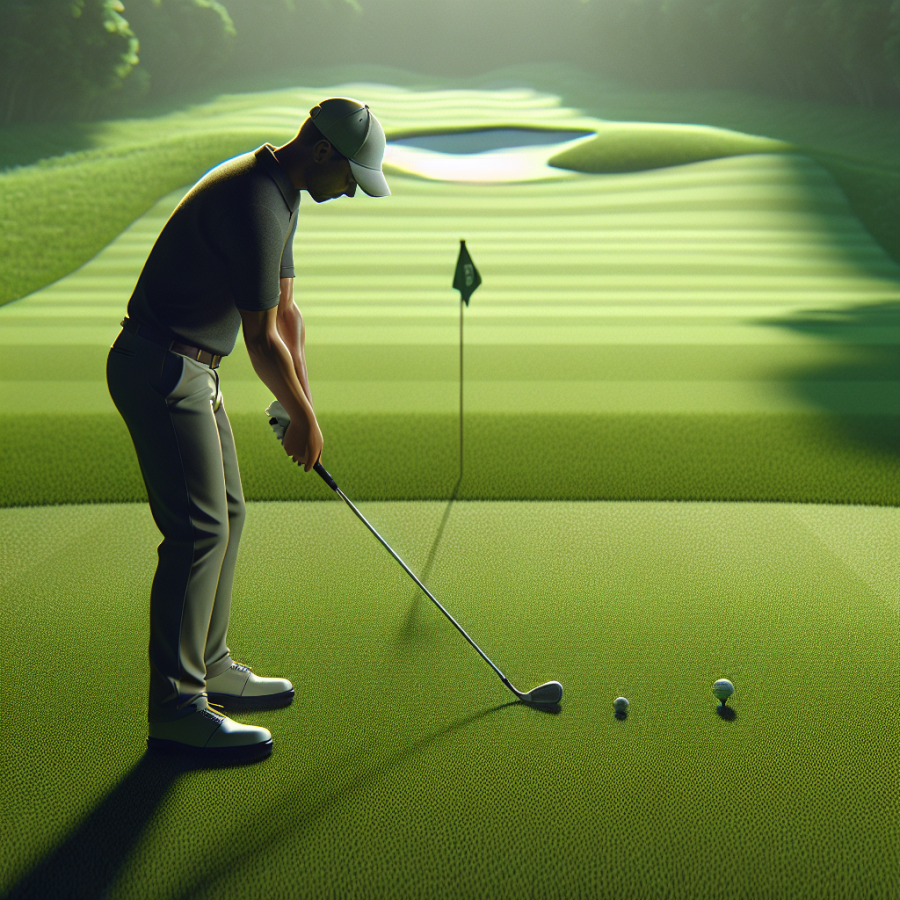Understanding Golf Club Types and their Applications on the Field
Golf clubs are your tools on the fairway, each one designed with a specific purpose in mind. Understanding the types of golf clubs and their applications on the field can significantly improve your performance.
The first type of clubs you're likely to encounter are the Woods. Named for their traditional wooden construction, modern Woods are typically made from metal alloys. They are known for their elongated shafts and larger heads, which makes them perfect for long-distance shots. The smaller the Wood's number, the farther the golf ball will travel. The Driver or 1-Wood is used primarily for tee shots on long holes, and is designed to give you the greatest distance.
Irons are a versatile category of golf clubs used for a variety of scenarios. They range from 2-Irons through 9-Irons, with the rule of thumb being that the higher the number, the higher the loft. This means a 9-Iron will send the ball high into the air for a relatively short distance, while a 3-Iron's shot will be longer and lower. Commonly, you'll use Irons for shots less than 200 yards from the green or for getting out of tricky situations like sand bunkers or dense grass.
Hybrids, as the name suggests, are a mix between Woods and Irons. These clubs are designed for versatility on the field, usually making them easier to hit for players who struggle with long Irons. They're most commonly used to replace 3 and 4 Irons and the occasional 5-Wood.
Wedges, specialized Irons with more loft, are designed for some specific shots in a golf game. Known for their high accuracy and control, they're typically used for short approach shots towards the green, getting out of hazards, and taking chip and pitch shots. Types of wedges include the Pitching Wedge, Sand Wedge, Gap Wedge, and Lob Wedge, each one designed for a specific situation in the game.
The last type of club, the Putter, is used for precision shots on the green. Its design makes it perfect for rolling the ball along the grass and into the hole, once you're in the final stages of the game. Putters come in various shapes and sizes, but all share the same purpose: to make those final, potentially game-winning, strokes as accurate as possible.
In conclusion, each type of club in your golf bag has a unique role to play.
Read also:
Empires of Influence: The Rise of Modern Moguls
Mastering Club Selection for Improved Precision and Distance Control on the Fairway
When discussing golf, we often go straight to the latest equipment or focus on the perfect swing. This approach, however, overlooks a vital aspect of the game: club selection. Making the right decision on which club to use can drastically alter the outcome of your game, impacting both precision and distance control on the fairway. This article provides insights on how to master club selection for improved performance on the golf course.
Interpreting Course Conditions
Your first challenge on the golf course is to accurately assess the course condition. Different clubs are better suited for certain types of environment; for instance, a wet course will affect how far the ball will travel compared to a dry one. On a rainy day, your selection should generally lean towards clubs that can attain longer distances, as the ball won't travel as far upon landing.
Understanding Distance and Loft
Your club's distance potential and loft degree are two fundamental elements in your club selection. A driver, for example, is designed for long distances off the tee with low loft, whereas a sand wedge will be able to lift the ball high but will not cover much distance. Understanding each club's potential and how to control it will significantly increase your accuracy and distance control on the fairway.
Gauge the Wind
Beyond course conditions, it's essential to take the wind into consideration. The wind can dramatically affect the ball's trajectory and distance. Before selecting your club, take a moment to study tree leaves, grass texture, or use any professional measuring tools available to determine the wind direction and speed. Factor in this information when choosing the best club for your shot.
Knowing Your Strengths
Don't feel dictated by the standard club-to-distance ratio often used by most golfers. Sometimes, it's not about following the traditional convention but playing to your own strengths. You need to understand your capabilities with each club - from the driver to the putter. Knowing your own swing speed and strength will allow you to select the club that will deliver the optimal shot for you.
Practicing Different Lies
Understanding the concept of hitting off various lies will contribute significantly to your club selection process. The lie refers to the position in which you find your ball on the fairway. Depending on whether the ball lands in the rough, on an upslope, downslope, or even in a fairway bunker, you'll need to adjust your club selection accordingly.
Analyzing Course Architecture
The golf course layout will also influence your club selection.




